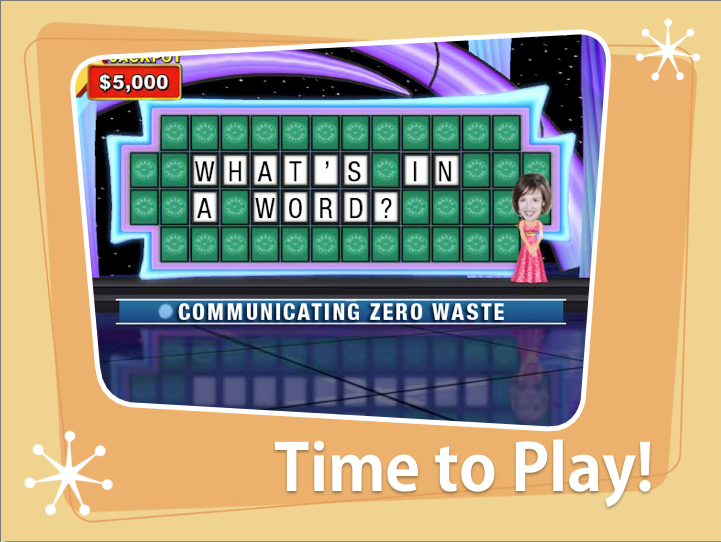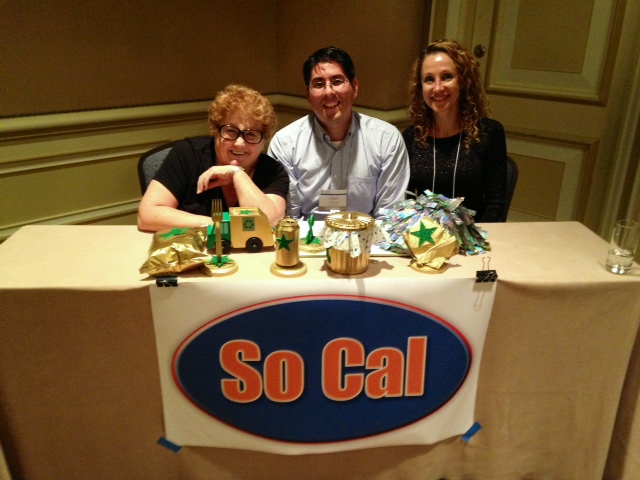 Agencies focused on green behavior change — such as recycling, energy use, and water conservation — have a lot on their plates. Tackling the ravenous, always-open maw of social media can seem a daunting task to add to that already bulging to-do list. But if your goal is to reach people at a time and place where they’re likely to be receptive, social media merits a prominent place on that list of tasks.
Agencies focused on green behavior change — such as recycling, energy use, and water conservation — have a lot on their plates. Tackling the ravenous, always-open maw of social media can seem a daunting task to add to that already bulging to-do list. But if your goal is to reach people at a time and place where they’re likely to be receptive, social media merits a prominent place on that list of tasks.
Here are six commandments that may help guide your agency’s social media tactics and conserve time and money:
Commandment #1—Thou Shalt Not Attempt To Be All Things To All People. You may think that you need a presence on Instagram, Pinterest, Facebook, Twitter, Vine and Tumblr (wait, what about Reddit? Google+?), but that is nearly impossible with limited time and resources. It’s also unnecessary. Pick one or two channels, based on where your target audience is, and where chances are good they will be open to messaging about waste, recycling, energy, etc. Got lots of great visuals of re-use projects for the home? Consider a Pinterest account. Have a grants program aimed at helping local businesses streamline operations? Look to LinkedIn and Twitter. Study each channel’s advantages and culture, and pick the best fit for your overall outreach goals. Before you know it, you’ll find yourself reaching that choir and making your campaigns sing.
Commandment #2—Thou Shalt Not Be Boring. Effective social media is a many-way street. Social media audiences, by definition, expect the channel to be interactive and responsive. Treating it like a bulletin board (“Here’s our new program”; “Do what we say”) will eventually cause your audience to tune you out. This leads us to …
Commandment #3—Thou Shalt Provide Relevant, Interesting Content. Content marketing is king these days, and that quirky infographic, eye-catching image or catchy video is key to capturing the eye of the people you most want to reach. Stick to your core subjects but find an angle that makes those subjects matter to those who matter to you. This leads us to:
Commandment #4—Thou Shalt Be Strategic. Having written social media guidelines will streamline your work and allow tasks to be shared or passed on without wheel re-invention. Guidelines should include topics, tone, type and frequency of posts, all the while referring back to your overall outreach goals. This will save time and ensure you present a consistent public face.
Commandment #5—Thou Shalt Listen Intently … And Respond. Social media is not about you; it’s about what other people are saying about you and your programs. Use Google Alerts or other tools to listen in on what folks are saying about your issue, good and bad. Find the influencers in your field and build relationships over social media before you ask them for any favors. And if someone is kind enough to praise your program or ask a question, a prompt response demonstrates that your agency listens and cares.
Commandment #6—Thou Shalt be Flexible. As with any marketing tactic, evaluation and measurement are essential. If a social media channel is not working (and you’ve given it the old college try), modify your approach. A drop-off in engagement could be an early sign that your message, channel or both aren’t working. The only certainty in the world of social media is that it moves fast, fast, fast. So take a gulp of coffee and look at your analytics (web metrics, Facebook Insights, YouTube views, etc.) with a critical eye.
Lastly, the Golden Rule. No, not a new one. The Golden Rule you already know. “Do unto others …” works in social media as in life. Take the time to support relevant causes, applaud others’ efforts, respond to comments and thank your supporters. Agencies that take the time to participate fully in this amazing global phenomenon will stand out and enjoy remarkable returns.






